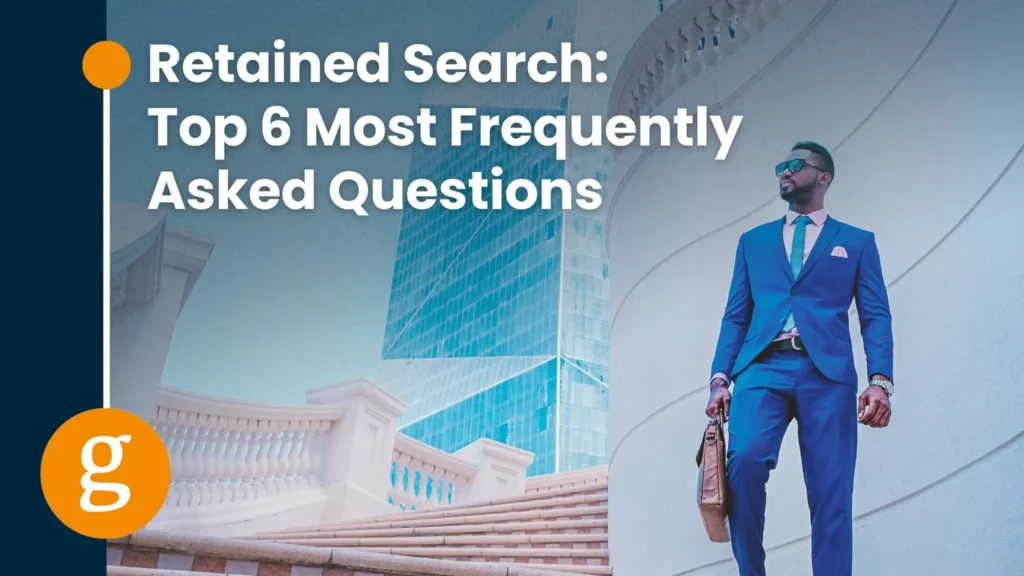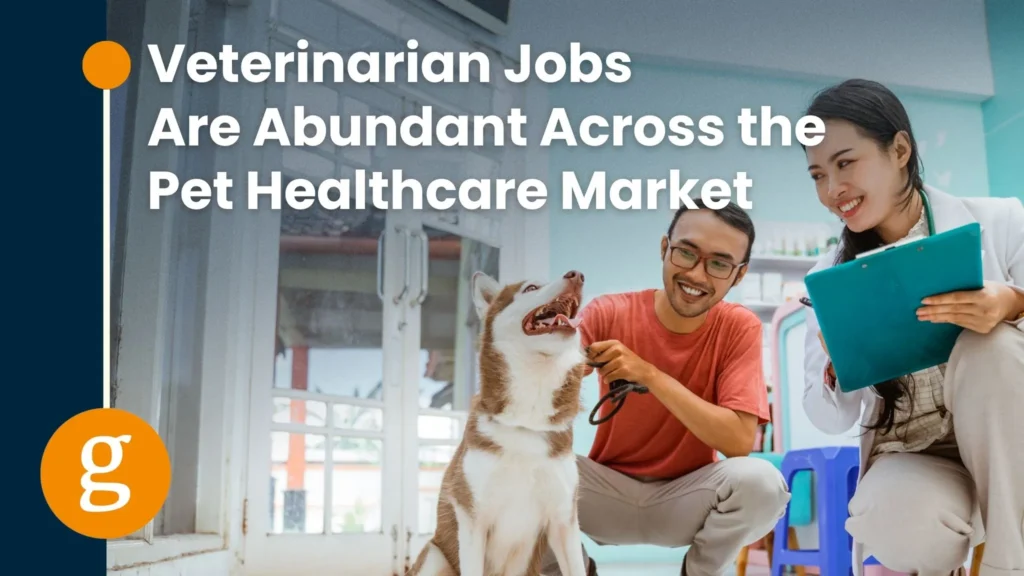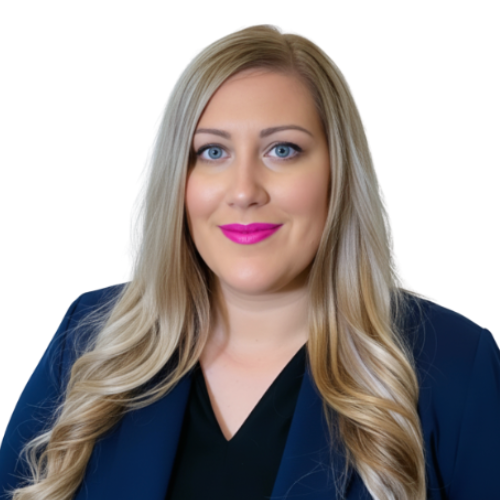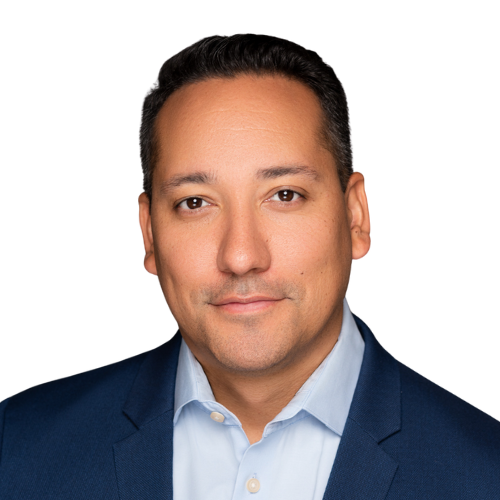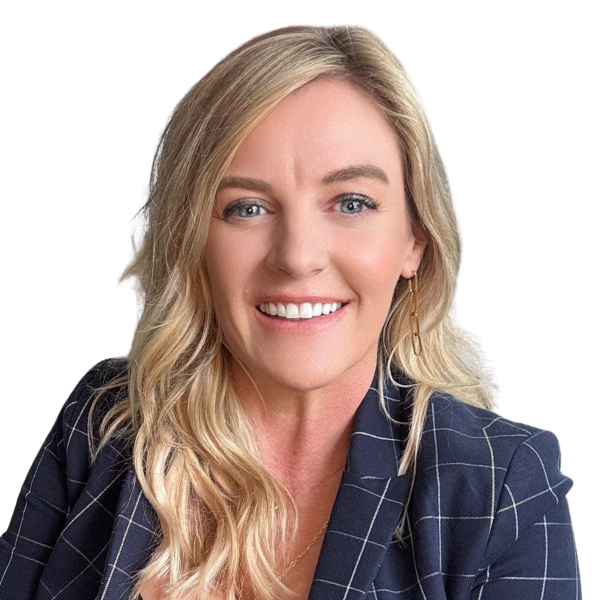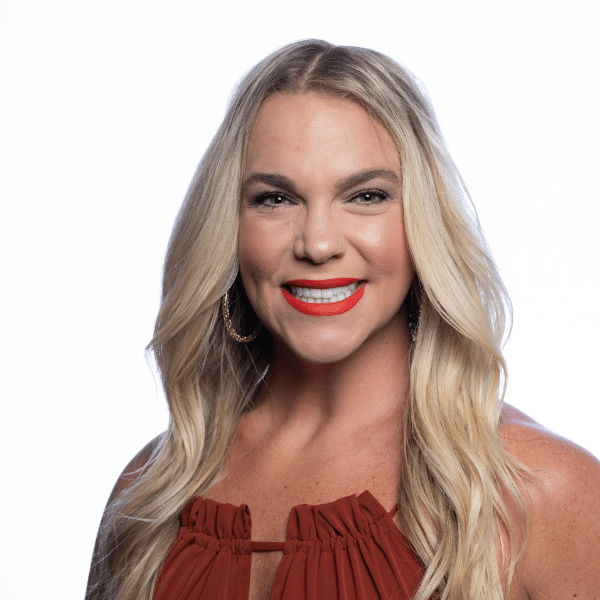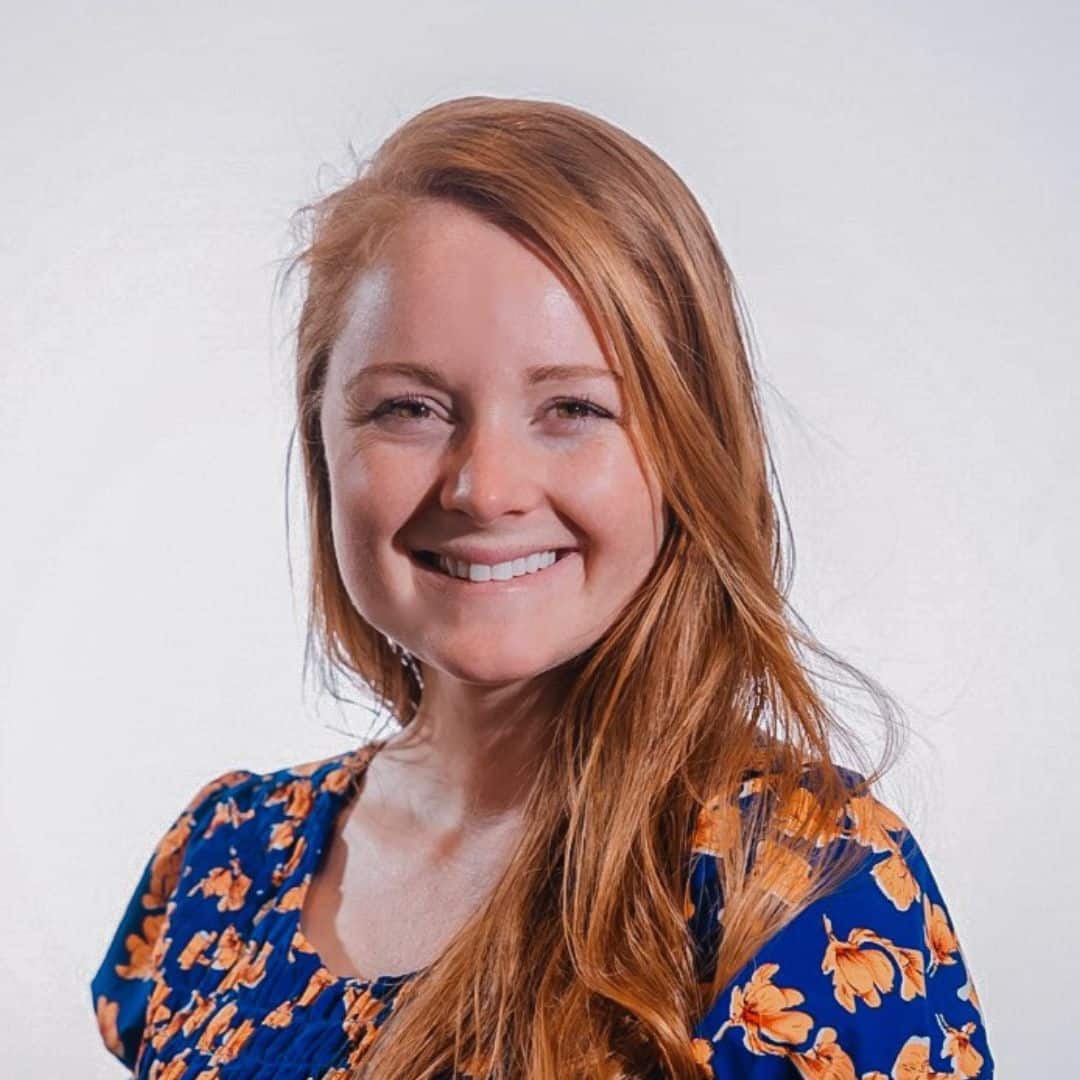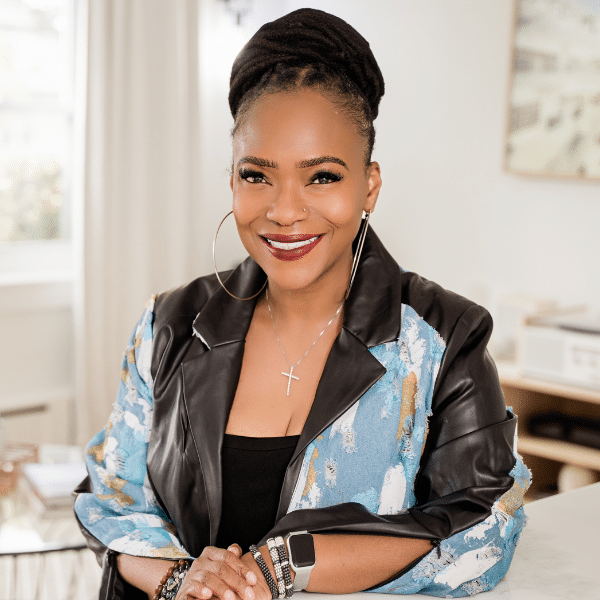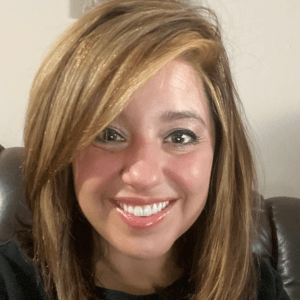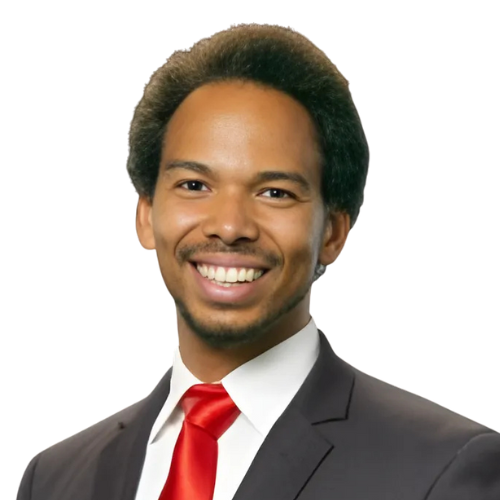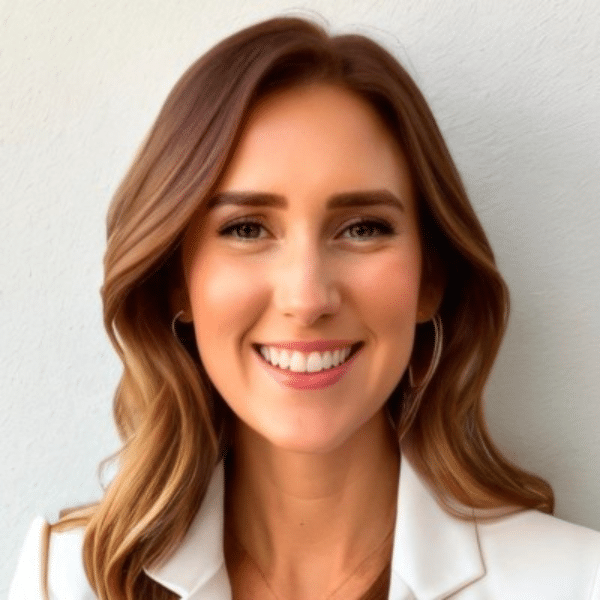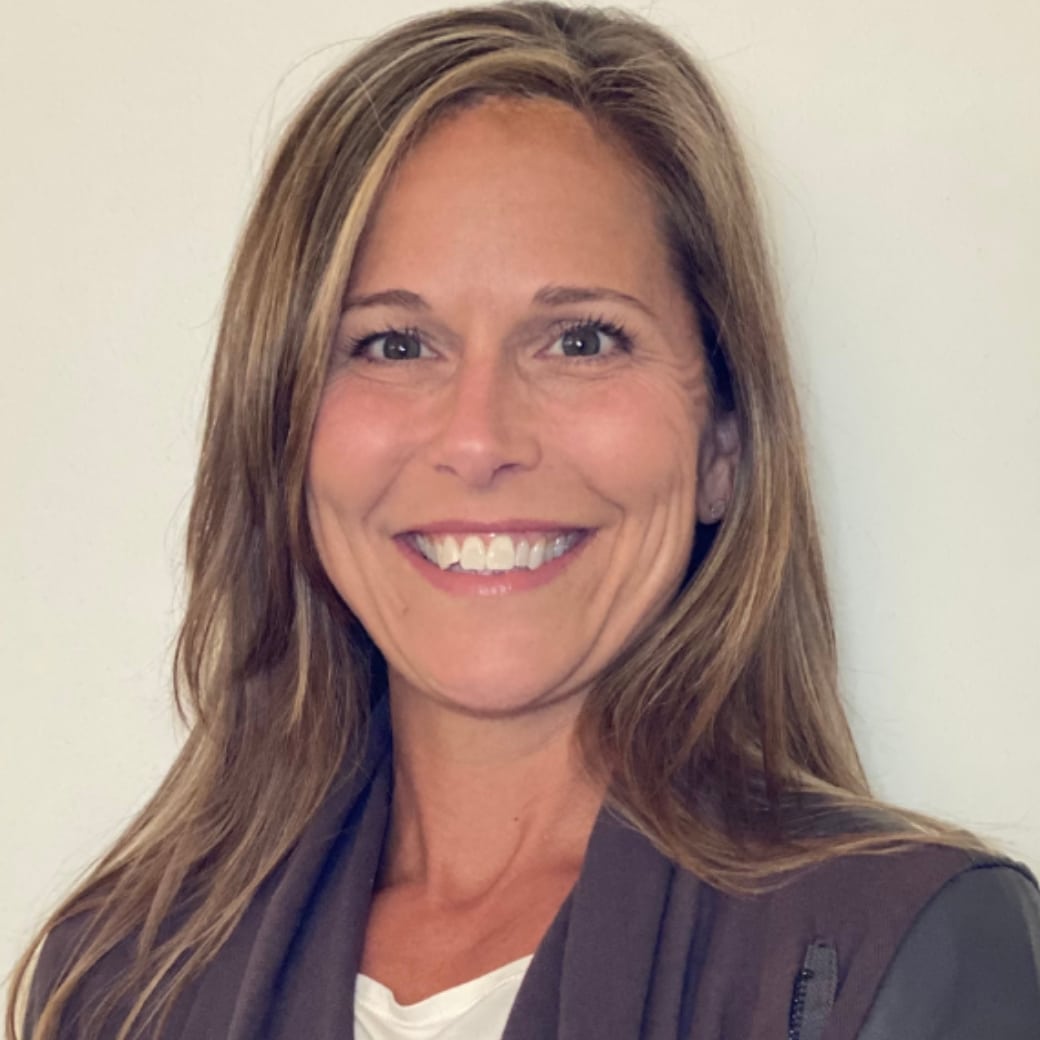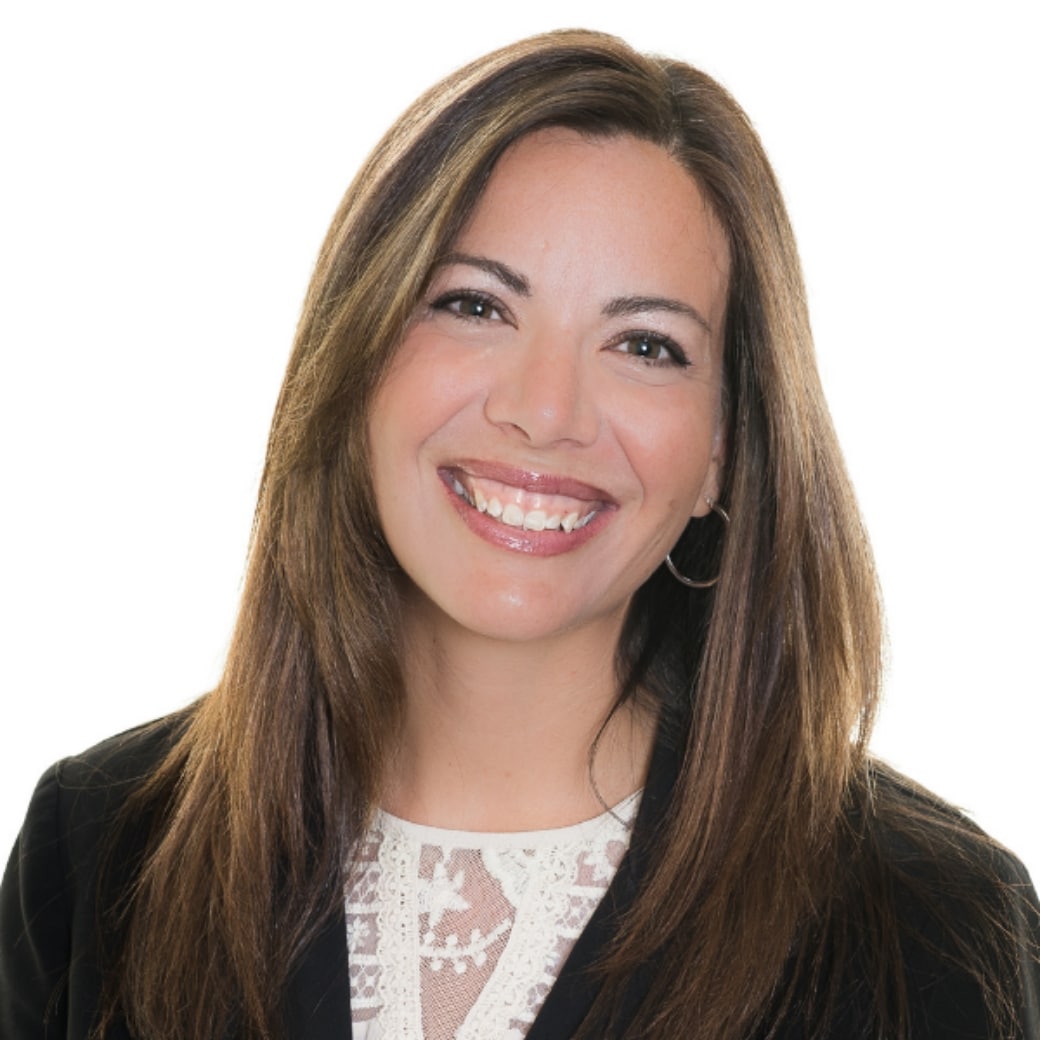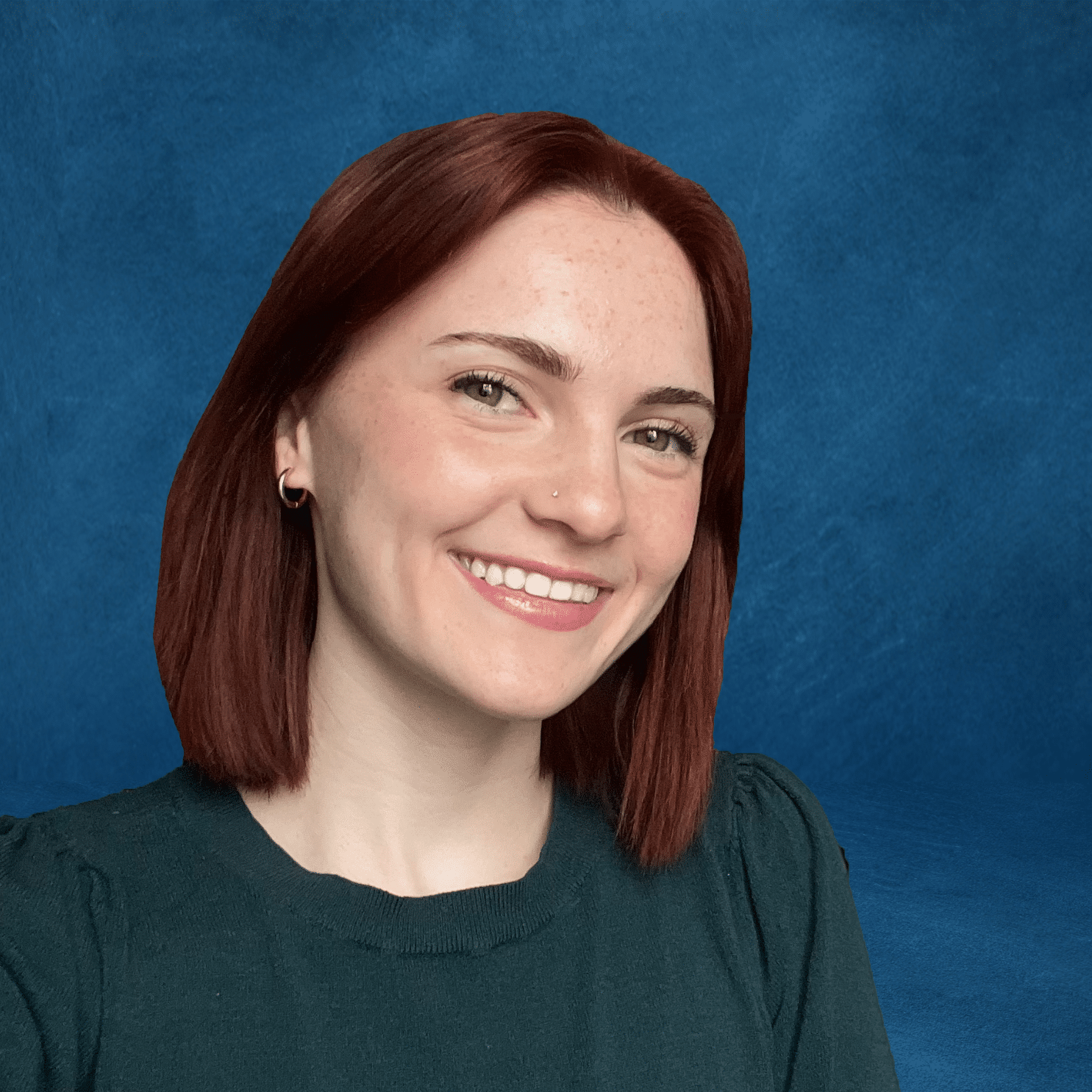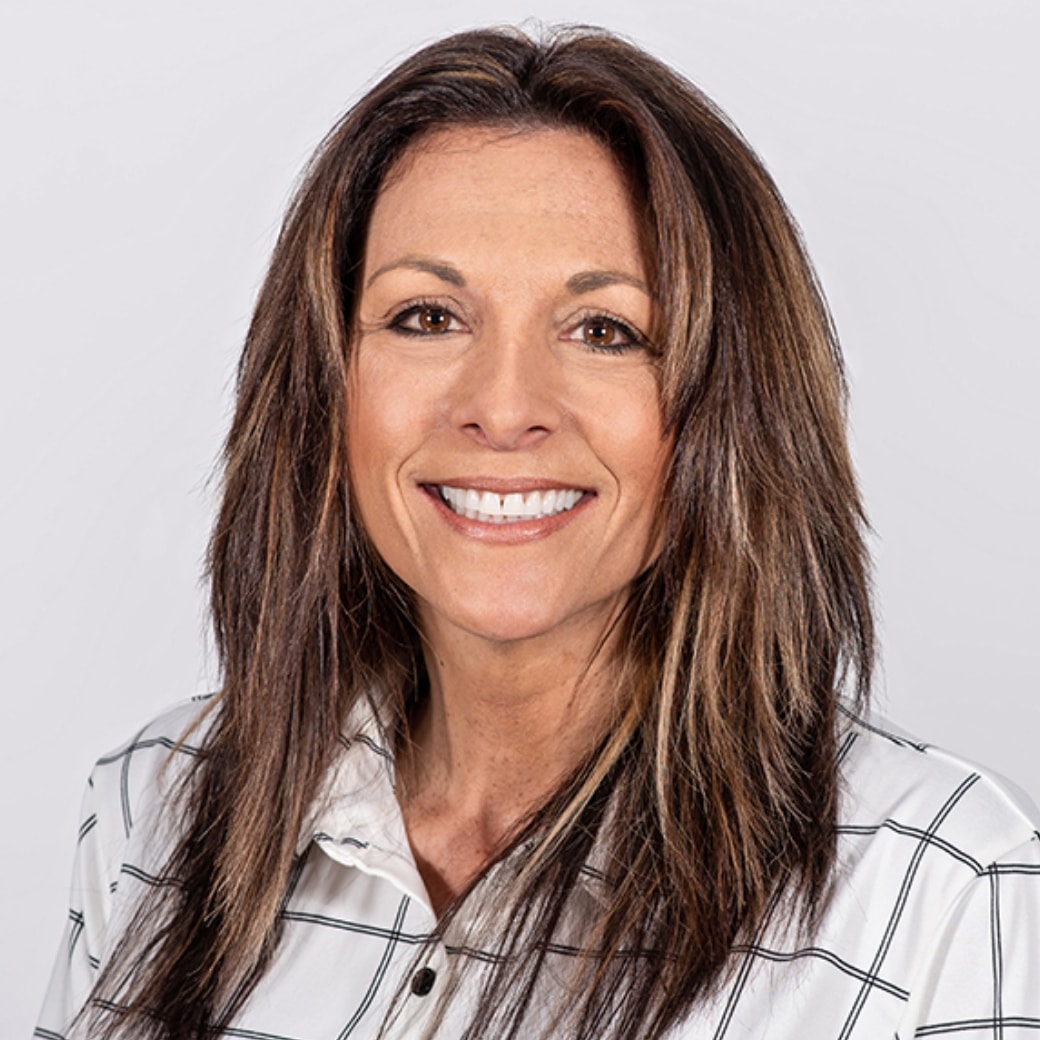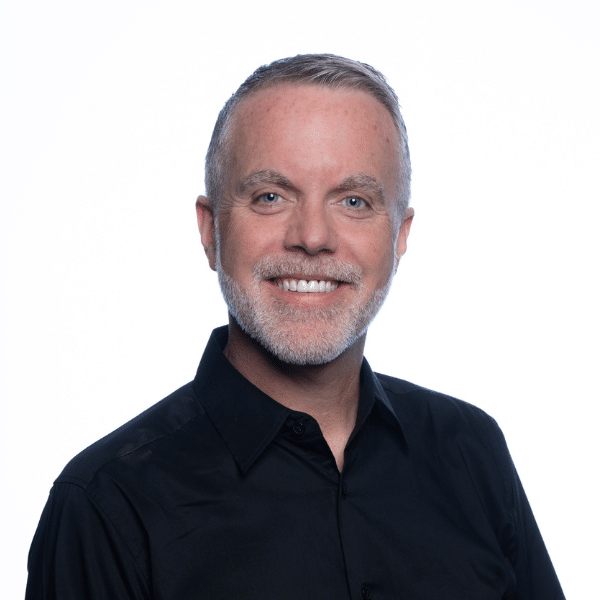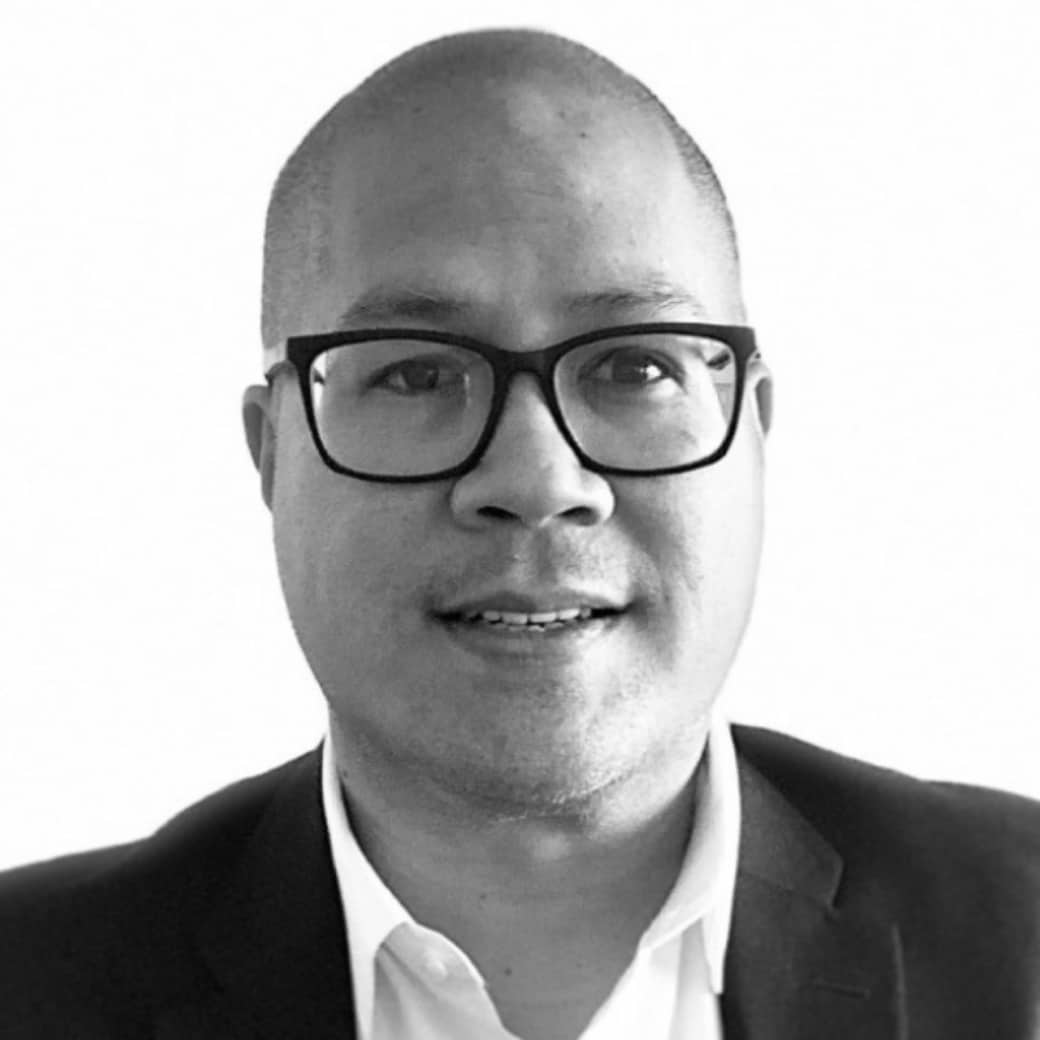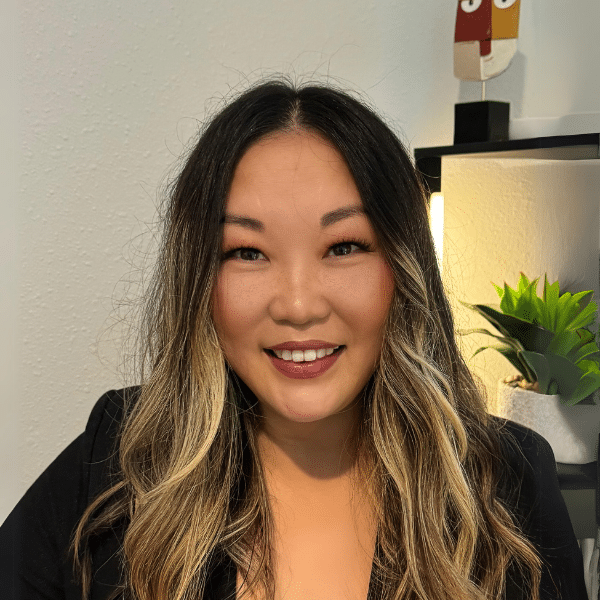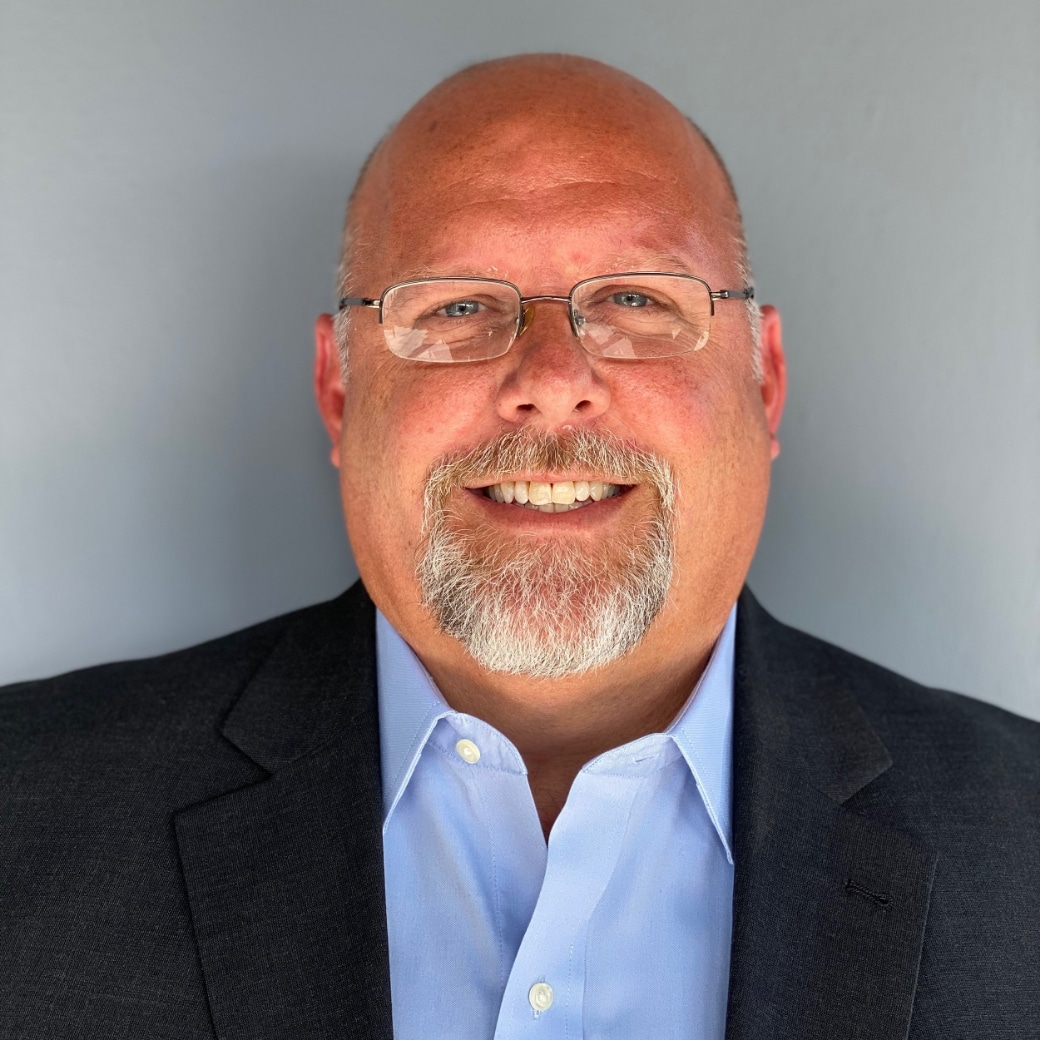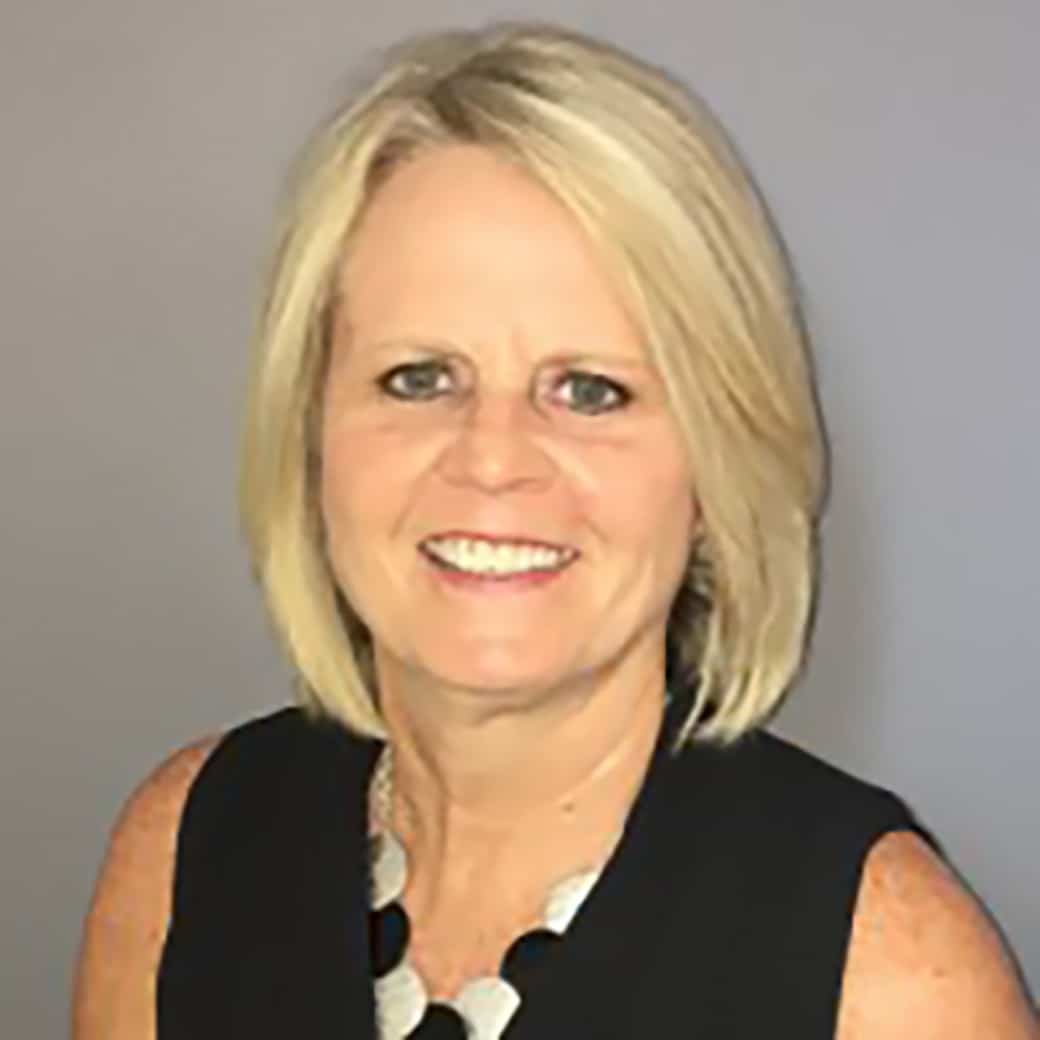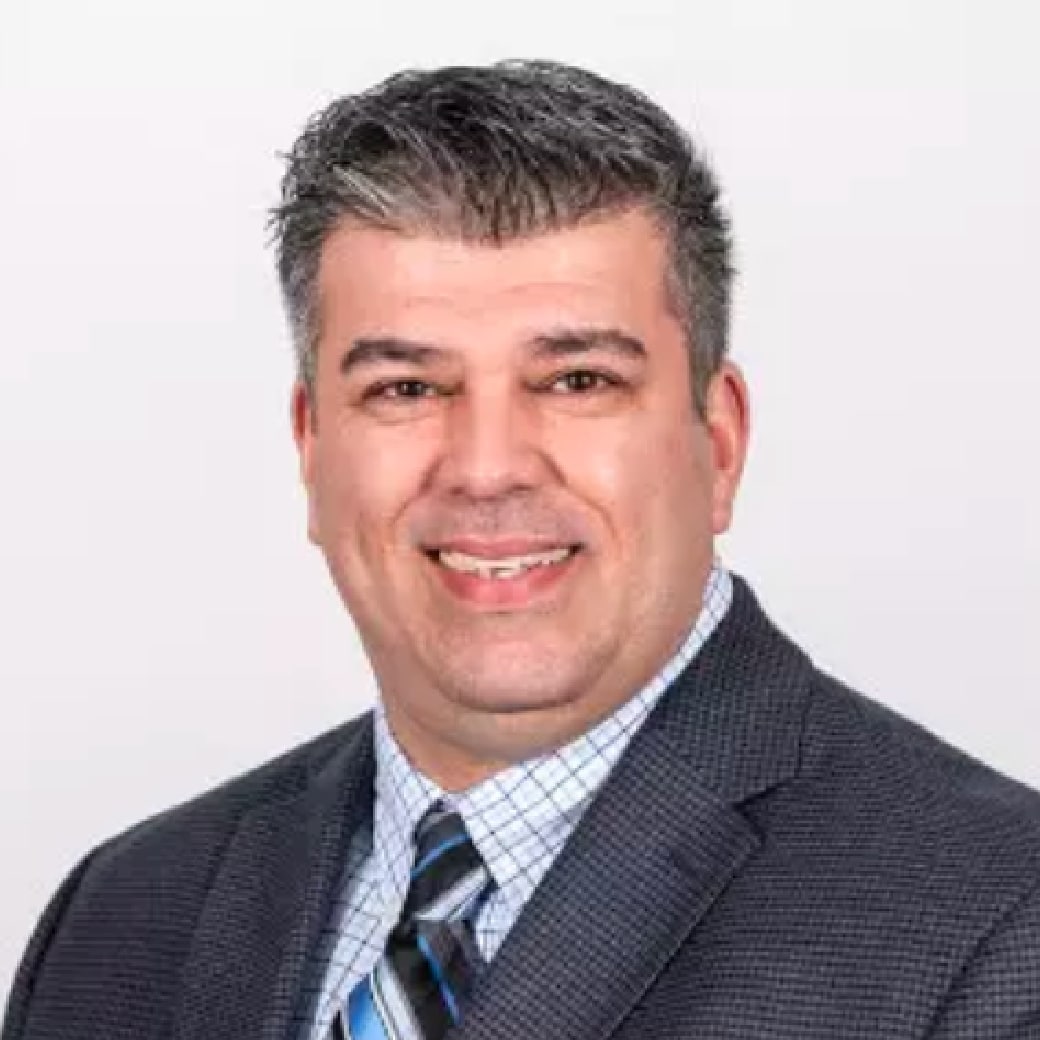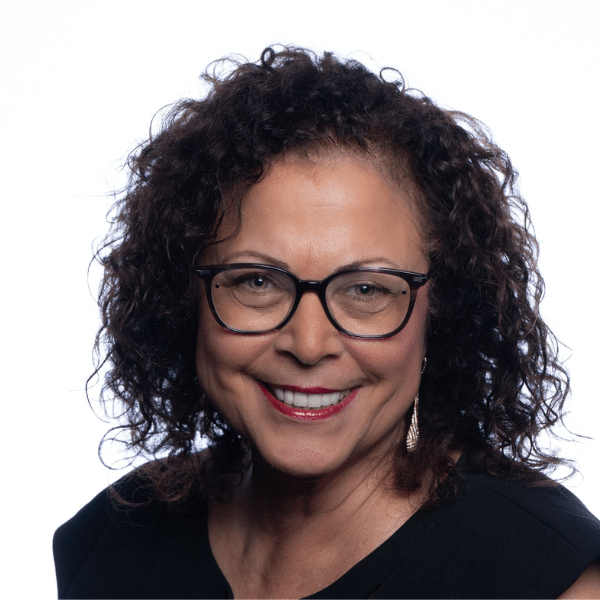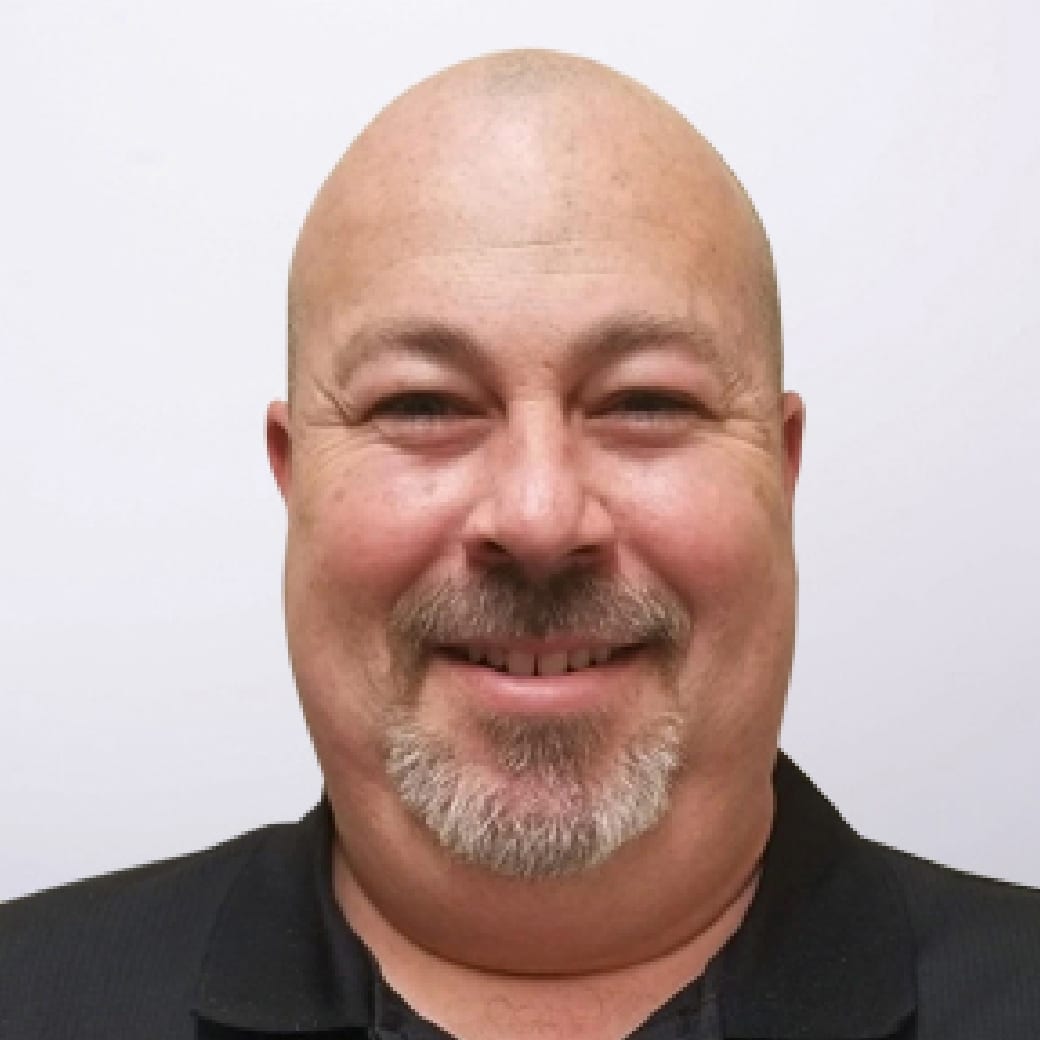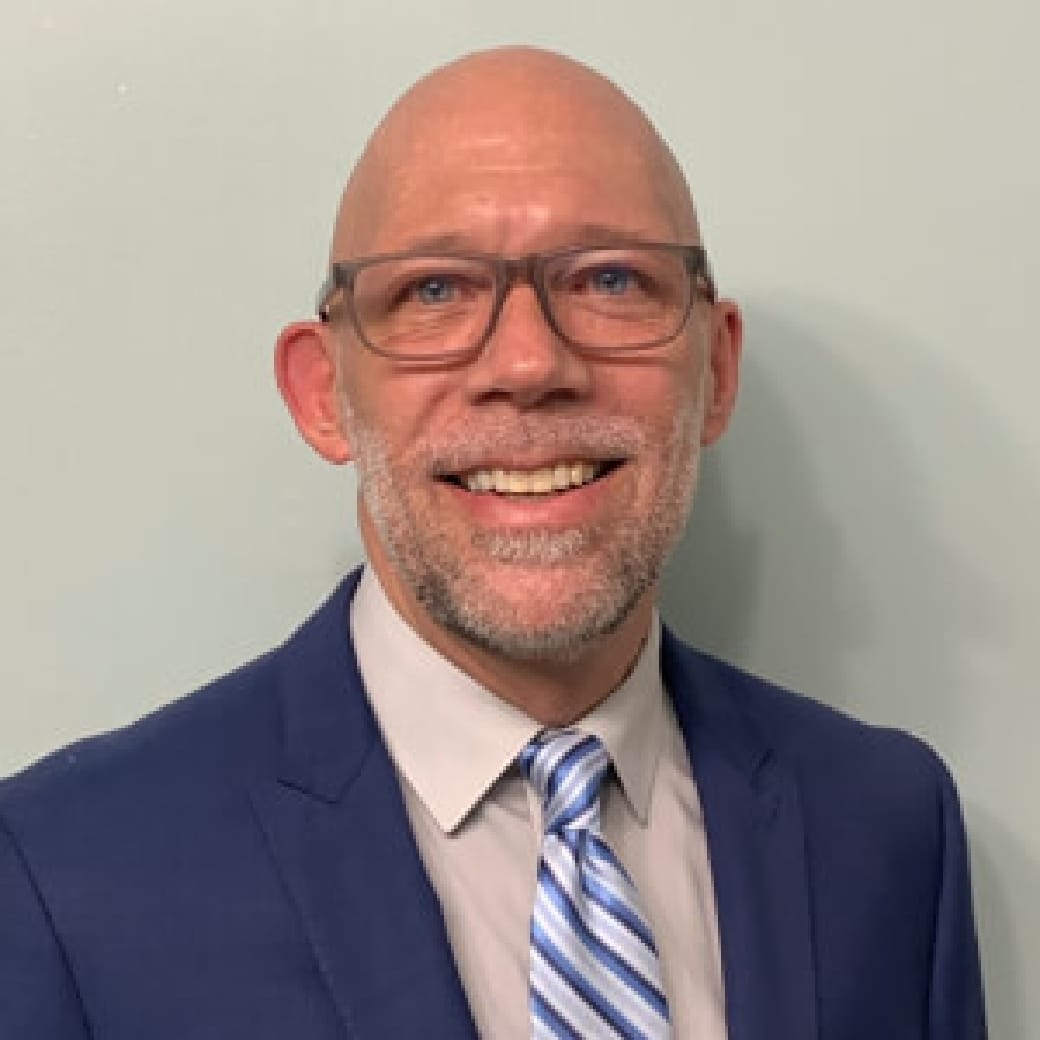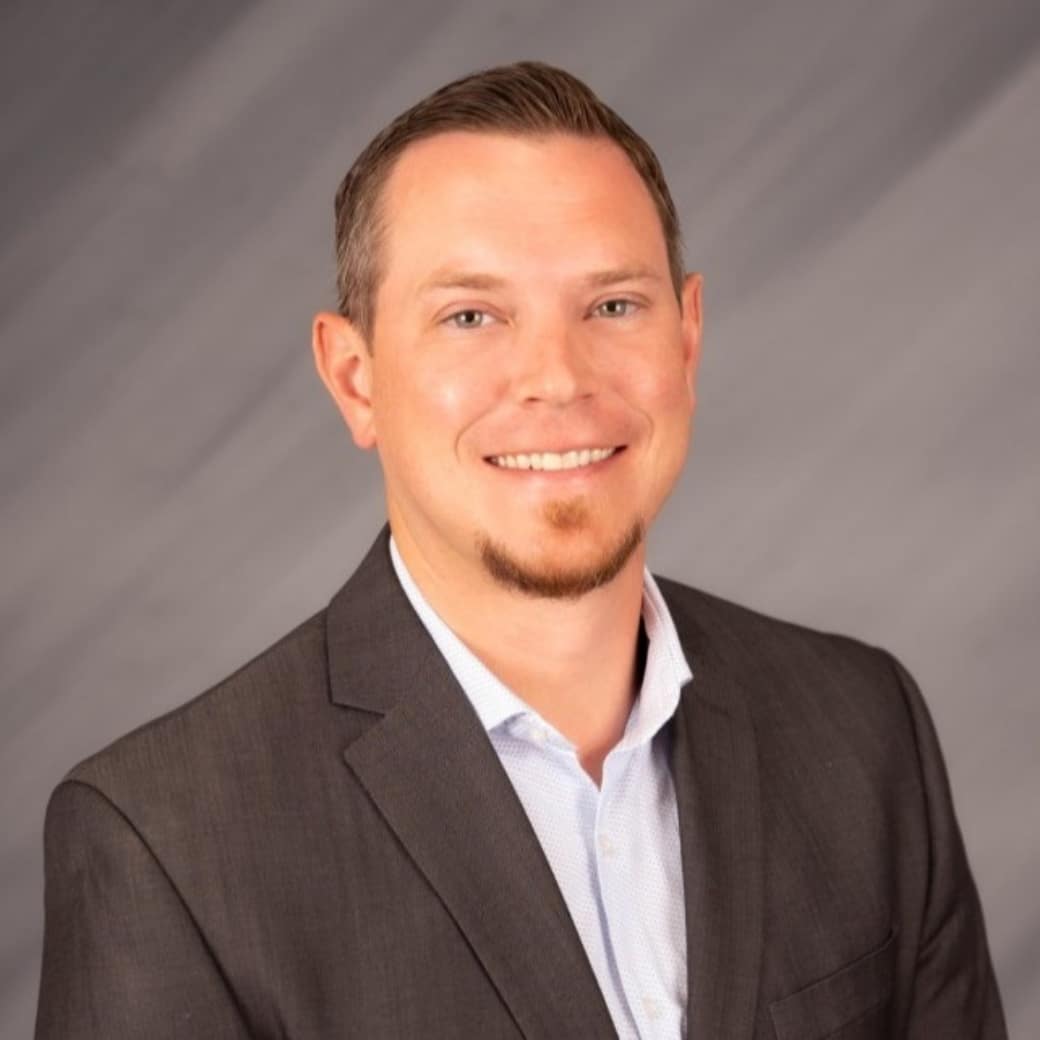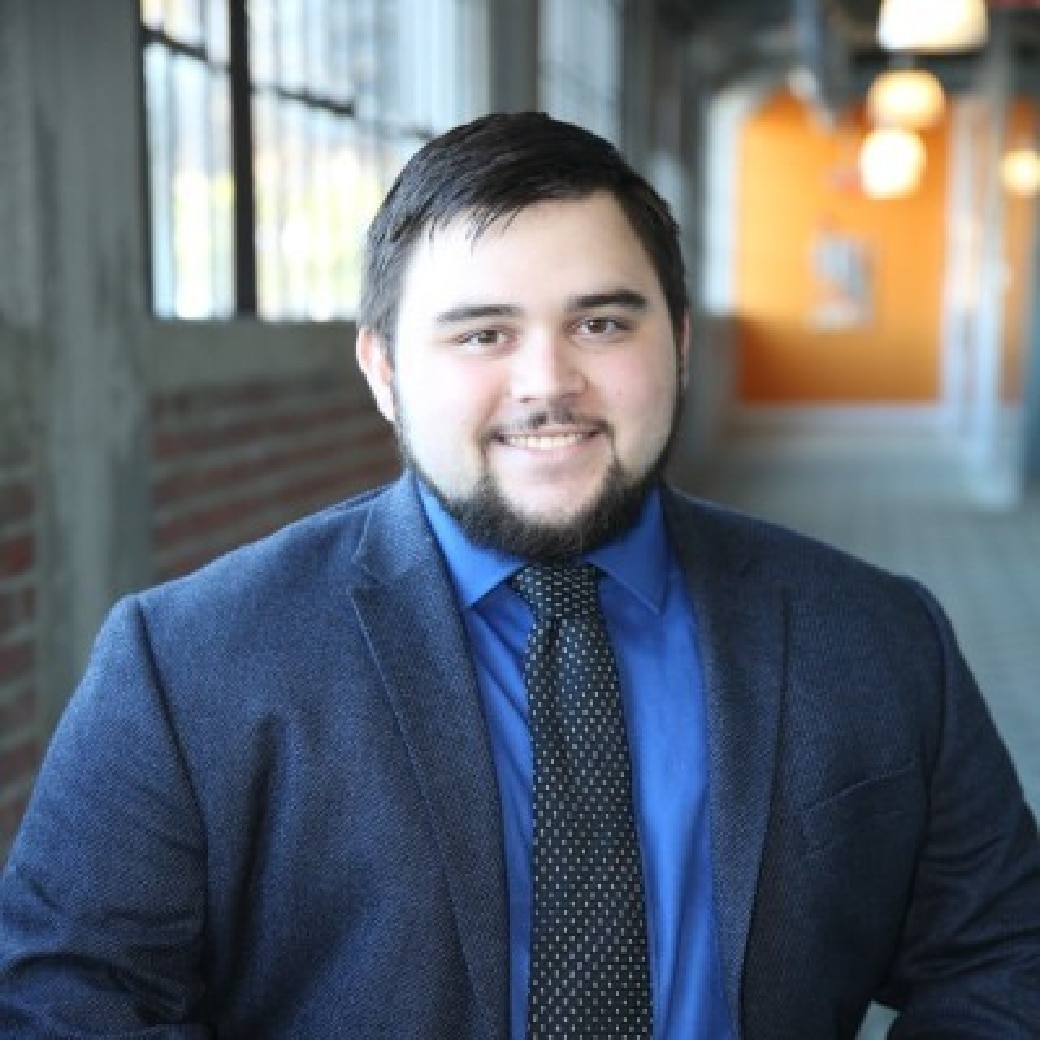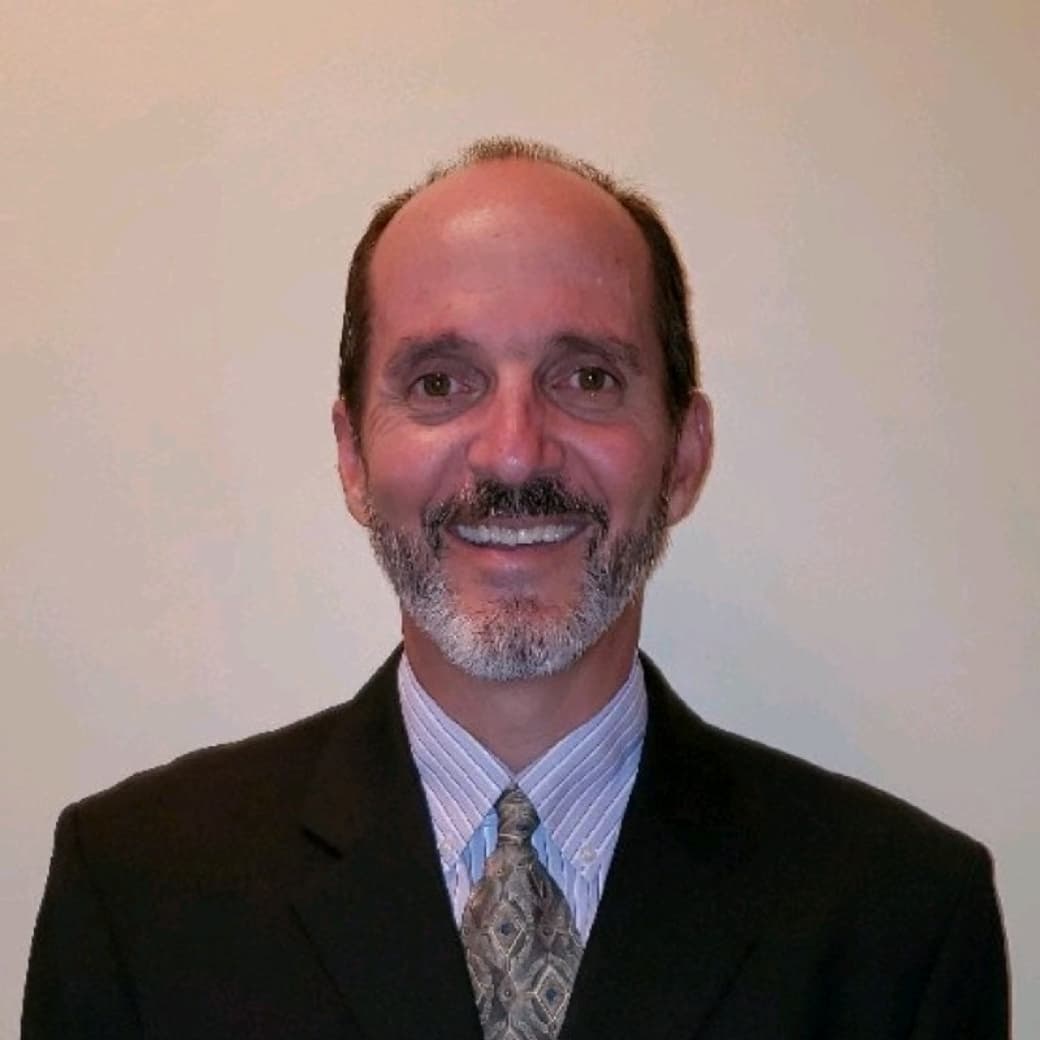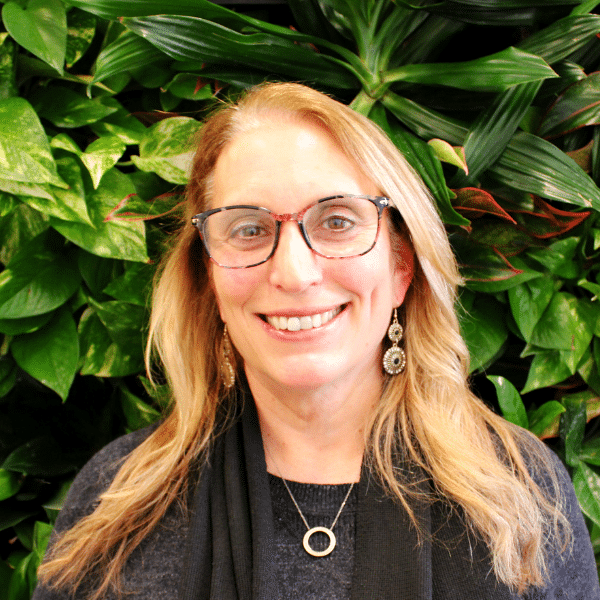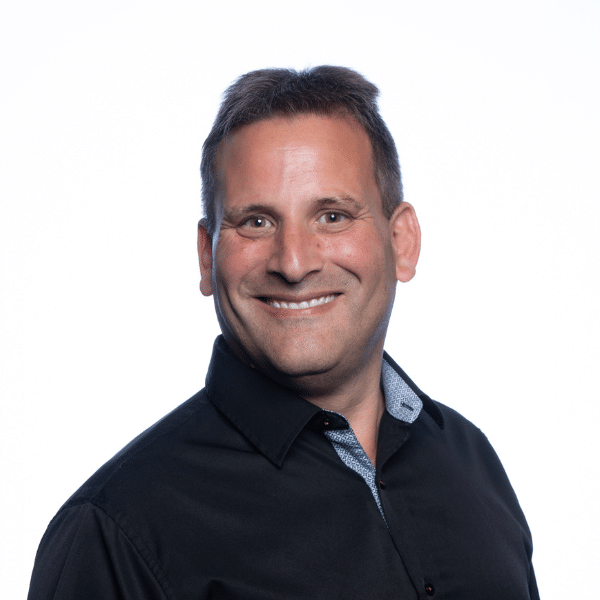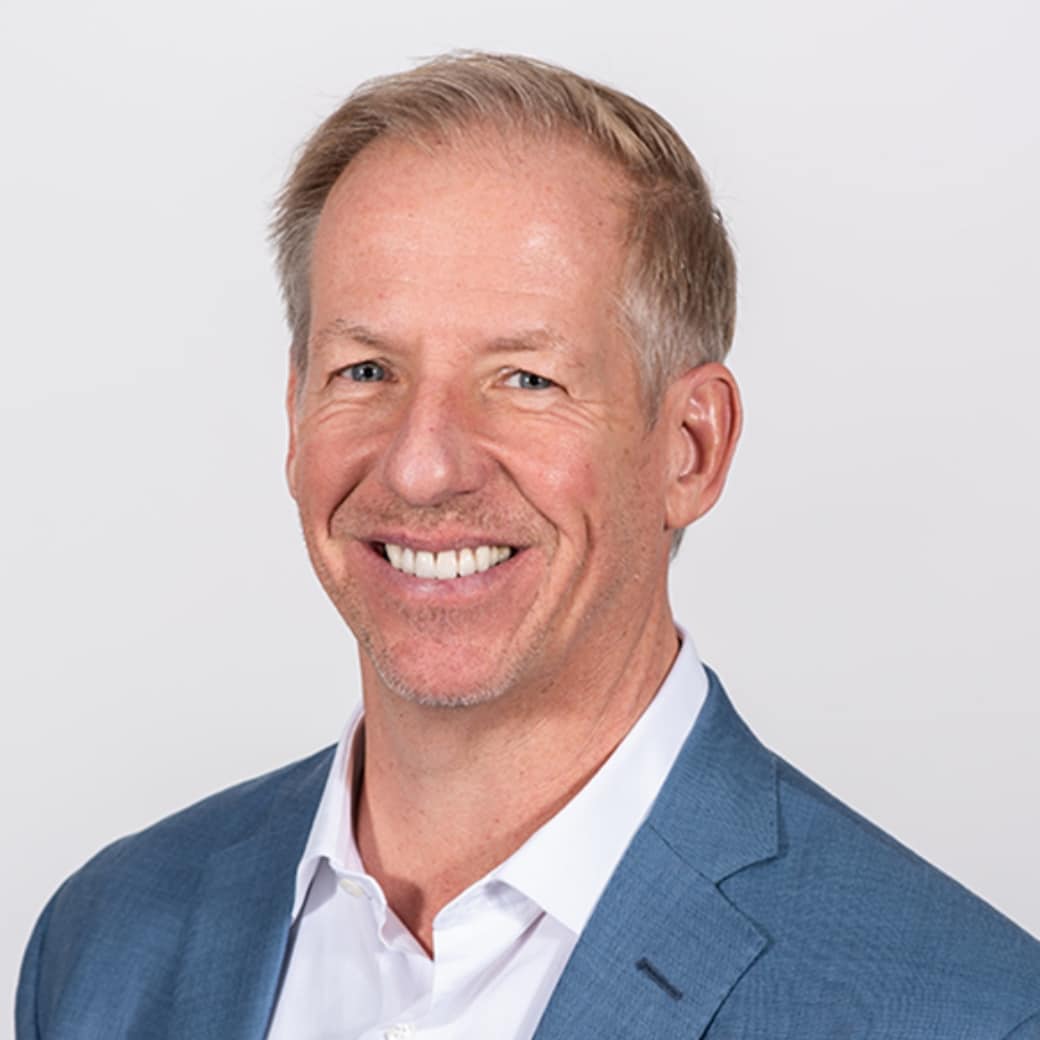Understanding the Preferred Language of People with Disabilities
Rachel Brown, DBA, MAED | Leadership, Opinion, Opportunity for All | May 2, 2023
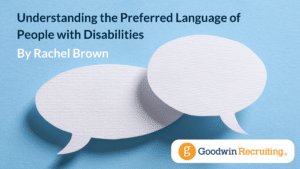
How do we address someone with a disability – at work, in school, and in our personal lives? Is there a right or wrong way? Given the 2020 estimate that 13.4% of the U.S. population had some form of disability, this critical question about disability language deserves the attention and understanding of everyone in our society. A lot has changed regarding language that is used by companies, schools, and governmental organizations for people with disabilities, and it’s all for the greater good.
A preferred language has emerged among disabled people and within the communities that support them. I’d like to take a quick journey through our country’s history of social barriers associated with physical and mental health – and the evolution that has taken place in how we address someone with a disability. This is my Readers’ Digest version, short and to the point, so I highly recommend clicking the links to learn more about this important topic.
Let’s start with preferred language
Words matter!
Depending on the individual preference of a person with a disability, ‘person-first language’ or ‘identity-first language’ is equally appropriate.
What is the difference between the two?
- Person-First Language: Person-first language (also called people-first language) emphasizes the person before the disability – for example, a person who is blind or people with spinal cord injuries.
- Identity-First Language: Identity-first language places the disability first – for example, an autistic child or deaf people.
The Employer Assistance and Resource Network on Disability Inclusion (EARN) points out that person-first language is often used in more formal ways. However, many people with disabilities, particularly younger people, are choosing to use identity-first language. How a person chooses to self-identify is up to that individual. When in doubt, EARN says to ask the person which they prefer and use words accordingly.
How have language and awareness evolved?
Here are some major developments that have resulted in today’s more inclusive, fair, and respectful language and treatment of people with disabilities, special needs, and diverse physical and mental health conditions that represent a specific disability.
- Millennials were the first generation to grow up in public schools that are inclusive and fully immersed with children with disabilities, from those with autism to cerebral palsy, epilepsy, the hearing-impaired, wheelchair users, intellectual disabilities, learning disabilities, and numerous other physical, mental, or developmental disabilities. This was not always the case in public schools. There was a time when free public education and special education were not offered to children with disabilities. Adults with disabilities were also shunned by society. So much has changed, not only with language but also accessibility in many forms and functions to support people with disabilities.
- In 1975, Gerald Ford was the first president to sign a law protecting individuals with disabilities. Called the Education for All Handicapped Children Act (EHA), the legislation was adopted to support states and localities in protecting the rights of, meeting the needs of, and improving results for infants, toddlers, children, and youth with disabilities – and their families.
- EHA legislation noted above became the cornerstone of individualized education, known as Free Appropriate Public Education (FAPE), in which people with disabilities are entitled to a free appropriate public education, as well as Least Restrictive Environment (LRE) legislation, in which children with disabilities in public or private institutions or other care facilities are educated with children who are not disabled.
- Integration and inclusion were the results of the Individuals with Disabilities Education Act (IDEA), formerly known as the EHA, and the Americans with Disabilities Act (ADA), a law written in 1990.
- The person-first language movement emerged in the 1970s during the post-civil rights and equality movements. It transcended from identifying ‘children with handicaps’ to ‘individuals with a disability.’
- Words once used as medical descriptors became terms used as derogatory and demeaning. Society has moved to eradicate these, including even milder euphemisms that are equally disparaging. For example, in 1992, the American Psychological Association revised its Diagnostic and Statistical Manual of Mental Disorders (DSM) handbook, which is used to identify mental health conditions, to reflect people-first language, and take away the focus of the diagnosis and the stigma associated with a mental illness label.
- Congress passed Rosa’s Law in 2010 to change references in federal law from ‘mental retardation’ to an ‘intellectual disability’.
- Over the past 15 years, a movement has gained traction among people with disabilities who choose to state that their disability is part of their uniqueness. Additionally, disability communities, such as the deaf and autistic communities, have voiced their concern that person-first language should not be determined by government, scholars, or editorial boards, but rather by the person with the disability.
What can each of us do to build awareness?
Preferred language may seem like semantics to the average person; however, it is anything but semantics to people with disabilities. The movement, the person-first language and identity-first language, and individual preferences demand that we consciously adjust our perceptions and behaviors and create a more inclusive, equitable society where everyone feels accepted, understood, cared for, and welcome.
It is important to understand that this is not just how we form a sentence with proper disability language, but also how we treat individuals or a group of people without discrimination.
As a leading U.S. talent recruitment firm, Goodwin Recruiting is wholly committed to words and actions focused on creating Opportunity for All – not only in the workplace but in our personal lives as well. Contact us for assistance when you need the right talent for your team, or for your next career opportunity.
Share This Article


